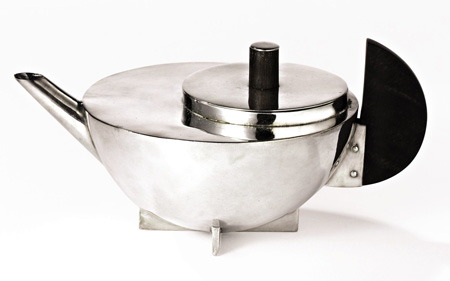Postmodernist and ‘remix’ techniques are a vibrant part of our
design culture today. Find an example of contemporary design—
2D or 3D—and post it to your blog along with a description of
what techniques it utilises (i.e. historical quotation, ornamental
eclecticism, wit or irony, manipulations of scale, cultural
symbols etc.) and how they serve to ‘add meaning’ to the work.
This week I am going to talk about a design from The Cool Hunter, a website and group of people devoted to 'cool' things. In 2010 they launched a program called Access Agency. It is designed to help companies with offline branding exercises. The design below, of some McDonalds chips in a Gucci branded box, was one of the designs on display. The use of a well known, flashy, designer brand to promote some chips changes the way we perceive them. We all know that they are McDonalds chips but we can think of them being much better and higher quality if Gucci is being used to promote them.
The Cool Hunter say that “ we add substantial value by creating customized experiences that change the consumers’ thinking in some way. The surprise element changes the thinking patterns, and the change makes the experience memorable.” This interested me because the concept, having a really upmarket McDonalds store, is so ridiculous in a first impression. The very idea of promoting McDonalds as a upmarket restaurant is not that surprising, we can already see a trend in their own advertising to promote good health and flash dining.
This particular design would enhance the user's, or viewer's, perception of the company. A good, surprising, use of advertising will always lead to us believing it is a better product. It is still the same of crappy McDonalds fries but presented in such a nice way we can forget that and gain a much more pleasing experience from the 'restaurant'. I will finish this series of blog posts with a very memorable quote from my cousin Harry: “Remember, even if it tastes like shit, if it looks like it will taste nice, people will eat it.”
Figure 1. Guccifries. Retrieved from http://www.thecoolhunter.com.au/images/guccifries.jpg









